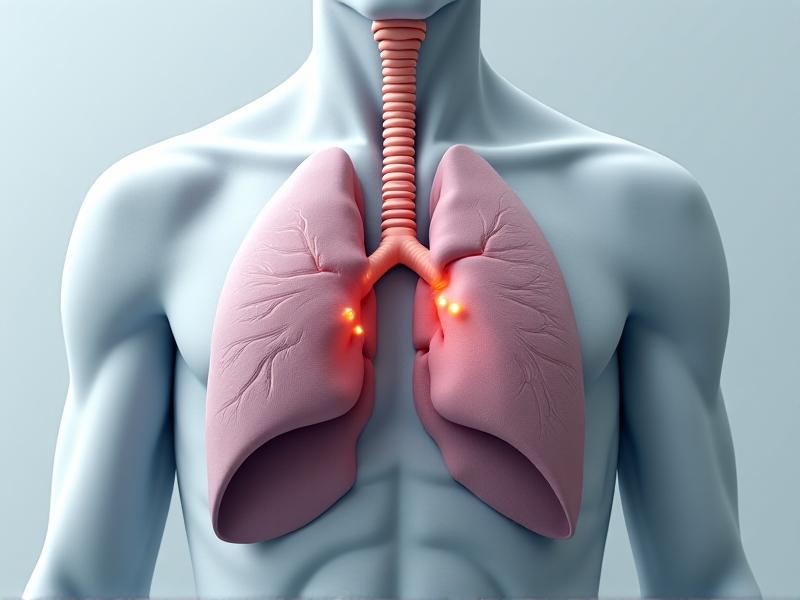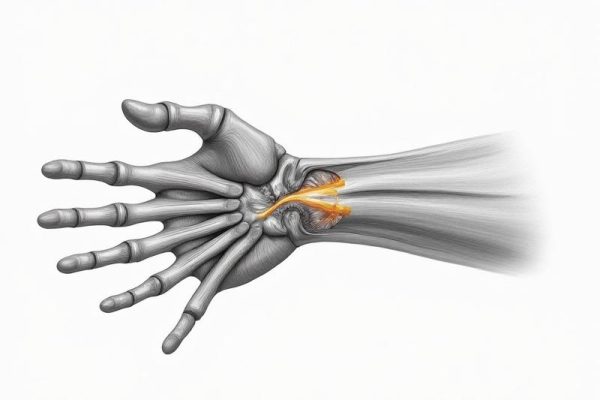```html
The Link Between Breathing and Postural Alignment

Breathing is often overlooked as a passive activity, but its mechanics profoundly influence posture. The diaphragm, a dome-shaped muscle beneath the lungs, acts as a primary driver of respiration. When functioning optimally, it contracts downward during inhalation, creating space for lung expansion while gently stabilizing the lumbar spine. This movement encourages the ribcage to lift and the shoulders to remain relaxed, promoting an upright posture. Conversely, shallow chest breathing—common during desk work—recruits accessory neck and shoulder muscles, leading to forward head posture and thoracic stiffness. By re-training the diaphragm to work efficiently, we can align the spine, reduce muscle tension, and create a foundation for sustained postural health.
Understanding Diaphragmatic Breathing: Anatomy and Mechanics

The diaphragm attaches to the lower ribs, sternum, and lumbar vertebrae, forming a barrier between the thoracic and abdominal cavities. During inhalation, its contraction flattens the dome, increasing thoracic volume and drawing air into the lower lungs. This action massages the abdominal organs, stimulates the vagus nerve, and creates intra-abdominal pressure that supports the spine. Proper diaphragmatic engagement requires coordination between the abdominal muscles and pelvic floor—a synergy often disrupted by prolonged sitting. Visualizing the breath as a 360-degree expansion around the torso (rather than just upward chest movement) helps reactivate this natural mechanism, restoring balance to the core-posture system.
How Desk Work Distorts Natural Breathing Patterns

Desk-bound postures compress the abdomen and restrict diaphragmatic movement. Chair sitting shortens the hip flexors, tilting the pelvis backward and flattening the lumbar curve. This position pushes the abdominal contents upward, limiting the diaphragm’s descent. Over time, the body adapts by relying on secondary respiratory muscles in the neck and chest, which pull the head forward and round the shoulders. Screen proximity exacerbates this by encouraging cervical protrusion. The result is a self-reinforcing cycle: restricted breathing perpetuates poor posture, which further inhibits efficient respiration. Recognizing these patterns is the first step toward interrupting them through intentional breath retraining.
Step-by-Step Diaphragmatic Breathing Exercises for Desk Workers

Begin by sitting tall with feet grounded. Place one hand on your chest and the other below the ribcage. Inhale deeply through the nose, directing breath toward the lower hand so it rises while the chest remains still. Exhale slowly through pursed lips, engaging the deep core to assist the diaphragm’s return. For a seated variation, lean back slightly to feel the chair supporting your spine. Imagine inflating a balloon in your belly with each inhale. Pair this with shoulder rolls or chin tucks to counteract forward head posture. Aim for 5-10 cycles hourly—these micro-sessions rebuild neuromuscular patterns without disrupting workflow.
Ergonomic Adjustments to Support Healthy Breathing and Posture
Optimize your workspace to facilitate diaphragmatic engagement. Choose a chair that allows hips to sit slightly above knee level, maintaining a neutral pelvis. Use a lumbar roll to preserve the spine’s natural curve and prevent abdominal compression. Position monitors at eye level to avoid cervical strain—a stack of books can elevate a laptop. Keep frequently used items within arm’s reach to minimize twisting. Consider a standing desk alternated with sitting; standing opens the hip angle, giving the diaphragm more room to descend. Even small tweaks like lowering keyboard height or using a footrest can reduce postural compensation, making breath-focused movement feel effortless.
Integrating Breath Awareness into Your Daily Work Routine
Incorporate breath checks during routine tasks: pause before answering emails, while waiting for files to load, or during phone calls. Set reminders to "reset" posture and take three intentional diaphragmatic breaths. Pair breathing with movement transitions—inhale while reaching arms overhead, exhale while twisting gently in your chair. Use technology mindfully; apps providing gentle vibration alerts can prompt hourly breath breaks without being intrusive. Over time, this practice cultivates proprioceptive awareness, helping you catch postural collapse before it strains the respiratory system. Even keyboard shortcuts become cues—let the act of hitting "Save" trigger a posture scan and deep breath.
Long-Term Benefits of Diaphragmatic Breathing for Posture and Health
Consistent diaphragmatic practice yields compounding rewards. Improved core stability reduces lower back pain by up to 30%, studies suggest. Enhanced oxygenation boosts cognitive function, countering the mental fog of shallow breathing. The diaphragm’s rhythmic massage of internal organs aids digestion and lymphatic flow. Perhaps most crucially, efficient breathing downregulates stress hormones—cortisol levels drop as the vagus nerve signals relaxation. Over months, these effects translate to resilient posture: a spine that maintains its curves during both static and dynamic activities, shoulders that resist rounding, and a respiratory system that powers you through challenges without fatigue.




